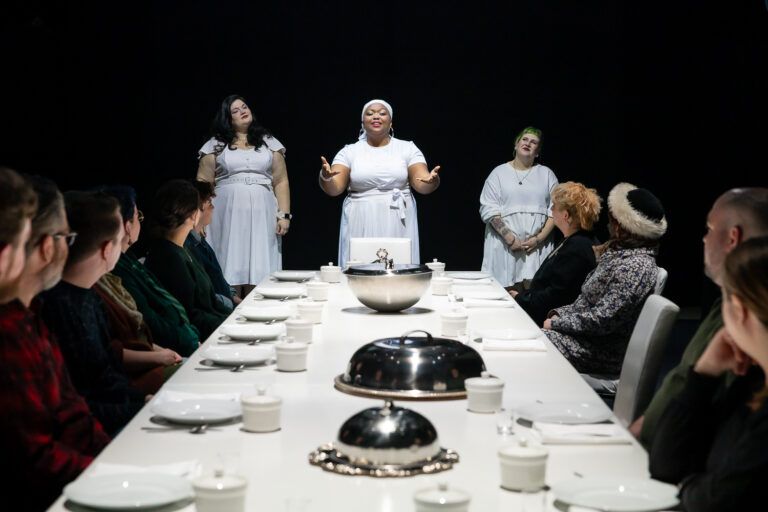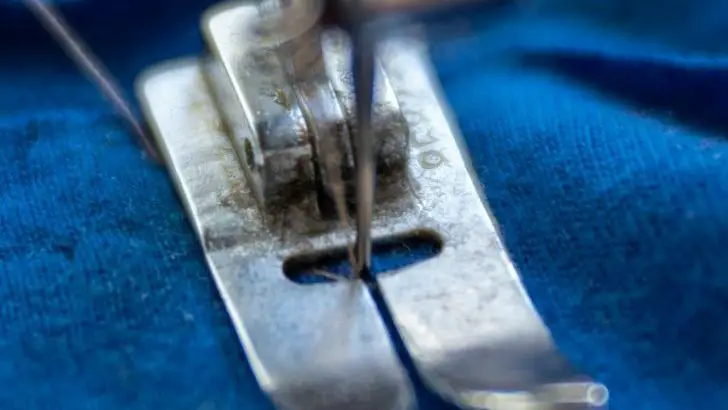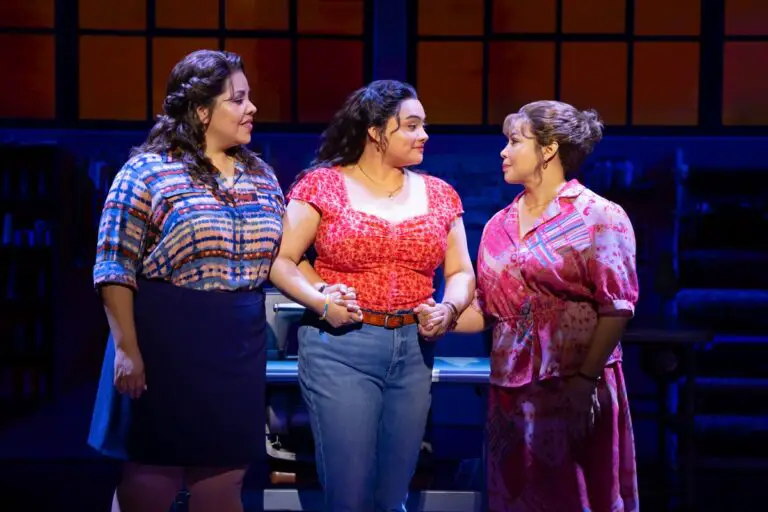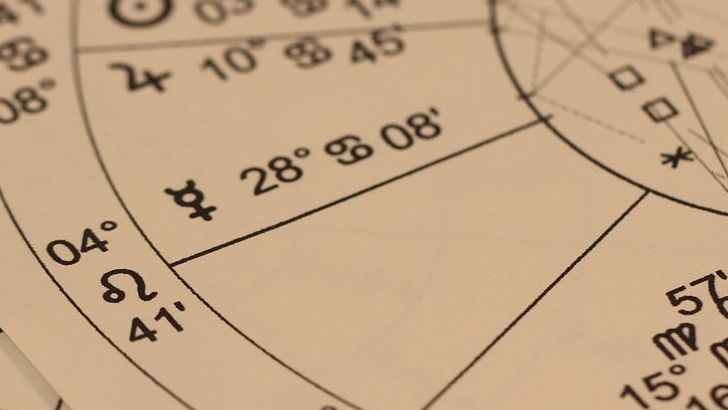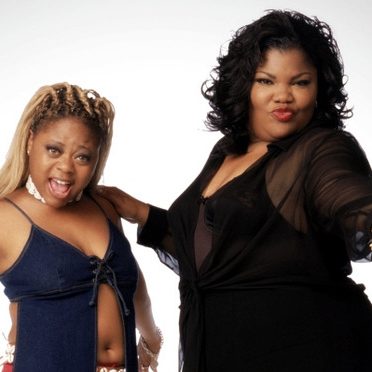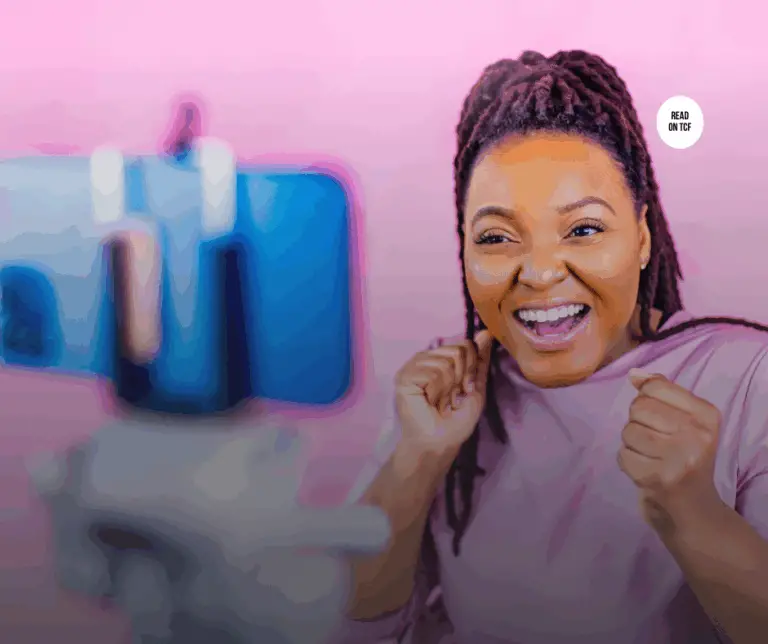The landscape of pop culture has undergone a seismic shift in recent years, particularly in celebrating diverse body types. From fashion runways to movie screens, we’re witnessing a revolutionary change in how curvy bodies are portrayed and celebrated. This transformation isn’t just about aesthetics; it represents a fundamental shift in cultural attitudes toward beauty, self-acceptance, and authentic representation. The journey toward genuine inclusivity has been filled with victories and setbacks, creating a complex narrative that continues to evolve with each passing year.
The Rise and Fall of Fashion Week Inclusivity

In 2024, research from The Fashion Spot revealed that 21% of all runway models in major fashion weeks had a body type above a size 8, a significant increase from just 2% in 2016. This dramatic rise appeared to signal a genuine commitment to curvy representation in the fashion industry. However, the reality turned out to be more complex than these promising statistics suggested.
Opportunities for plus sized models in fashion are disappearing at an alarming rate: During the spring/summer 2020 season, 86 plus size models walked runways across all four major cities, a tremendous improvement that accounted for 2.8% of all models; by spring/summer 2025, that had plummeted. Plus size representation accounted for just 0.9% of the SS24 looks, according to one of the charts, with 95% being size 0-14 models. This decline represents a concerning reversal of what many thought was permanent progress.
At London Fashion Week, the number of plus size models fell from 80 in September 2024 to just 26 in February 2025. New York, Milan, and Paris all saw similar dips. These numbers paint a stark picture of an industry that may have viewed inclusivity as a temporary trend rather than a lasting commitment.
The Business Case for Body Diversity

The global plus size clothing market was estimated at approximately USD 200 billion in 2024. The market is expected to grow from USD 125 billion in 2025 to USD 202.4 billion in 2034, at a CAGR of 5.5%. These staggering figures reveal a fundamental disconnect between consumer demand and industry representation.
According to a 2023 McKinsey report, brands that used body-diverse marketing saw a 32% boost in customer engagement compared to brands with strictly traditional models. This data demonstrates that diversity isn’t just socially responsible—it’s profitable. Companies that embrace authentic representation see tangible returns in both customer loyalty and financial performance.
56% say they’re more likely to buy from a brand when they see someone their size in an ad, and 30% want retailers to use models that look like them. The consumer message is unmistakable: people want to see curvy representation in the brands they support.
Victoria’s Secret’s Transformation Journey

The annual lingerie spectacle, reintroduced in 2024 after a six-year hiatus (and lots of controversy), was known for million-dollar “Fantasy” bras, back-bending faux wings, and women who fit an extremely narrow mold. When the show returned last year, it came with a promise that its “Angels” would look more like the shoppers who buy bras and panties in its over 1350 stores down on earth.
Staged in Brooklyn, New York, on Wednesday night, the show opened with a nine-months-pregnant Jasmine Tookes; continued with modern-day supers Paloma Elsesser and Ashley Graham; and introduced Barbie Ferreira and Precious Lee to the glossy VS runway. The Victoria’s Secret Fashion Show doubled down on its promise when announcing its 2025 lineup: models ranged from pro athletes and Olympians to social media stars and working fashion moms—plus the most diverse representation on any runway this year, emphasizing curvy representation.
And while some fashion shows might extend a casting offer to a curvier model, but then cover her up in a high-neck trench coat while everyone else wears naked dresses, Victoria’s Secret gave everyone the same bombshell treatment: blowouts, glittery lingerie, etc. Everyone who wanted to wear one of creative director Adam Selman’s ombré slips or crystalline teddies wore one.
Social Media’s Body Positivity Revolution

An Instagram search conducted in 2024 revealed that the hashtags #bodypositive and #bodypositivity had 19.3 million and 12.2 million posts, respectively. These numbers reflected the massive scale of the online body positivity movement. Social media platforms have become the primary battleground for redefining beauty standards.
The meta-analysis found that body-positive content improves body satisfaction and emotional well-being immediately, especially when it highlights diverse representations and emphasizes self-acceptance. Longitudinal studies reported sustained improvements in body satisfaction with consistent exposure. Research validates what many users experience firsthand: seeing diverse bodies online genuinely improves how people feel about themselves.
According to a 2024 YouGov survey, nearly 52% of women aged 18-34 said that seeing diverse bodies in media made them feel better about their own appearance. This statistic underscores the profound psychological impact representation can have on an individual’s self-perception and confidence.
Hollywood’s Mixed Progress on Curvy Representation

For the first time, more than half of the top 100 films in 2024 featured a female lead or co-lead, surpassing the proportion of women in the U.S. population, which is 50.5%. This milestone represents genuine progress in gender representation within the film industry.
Katherine Heigl’s return to television in “Firefly Lane” illustrates a growing trend of curvier actresses landing leading roles. As the film industry evolves, casting curvy actresses is emerging as a vibrant and noteworthy trend. This shift doesn’t just mirror changing societal standards around body image; it brings forth a more diverse representation on screen, which we can all cheer about.
The theatrical releases that saw the highest median return on investment (ROI) in 2023 were those whose casts reflected racial representation proportionate to the real-world U.S. population, according to the latest Hollywood Diversity Report from UCLA. Horror movies like M3GAN (14.0 ROI) and Saw X (7.5 ROI) were among the films whose casts were 41 to 50 percent BIPOC, the category with the highest median ROI (1.1).
The Reality Behind Body Positive Marketing

One study concluded that most Instagram posts linked to body positivity represented “a very narrow visual field that was overwhelmingly white, visibly physically able, and demonstrating strength by appearance and function”. This finding reveals a troubling limitation within the movement itself.
Ironically, it’s those who don’t align with traditional beauty standards who are most wary of body positivity. This might be because #BOPO campaigns often leave them out. Research shows that most social media posts that use the movement’s hashtags feature young, white, non-disabled females. The very people the movement aims to empower often find themselves marginalized within its representation.
Frequent online comparisons to other women made it difficult for most of our respondents to fully embrace body positivity. In almost all cases, these comparisons led to negative feelings about their own bodies. Social media’s comparison culture continues to undermine the positive messages that body positivity advocates promote.
Magazine Advertising’s Slow Evolution

Potentially, fashion and beauty advertisements have been reluctant to embrace broader conceptualizations of beauty and, as such, are persistent in using idealized models. Researchers have indeed revealed that fashion and beauty advertisements may embrace diversity, yet only to a certain extent. Print media’s transformation has lagged behind other sectors of the industry.
Vogue, Elle, and Glamour are spotlighting curvy models both on covers and in feature spreads. The British edition of Vogue, in September 2024, did a massive 12-page shoot with models ranging from sizes 6 to 20, dressed by luxury designers who previously only produced sample sizes. These editorial choices signal a shift toward more inclusive visual narratives.
In particular, statistics published by Elle and Marie Claire report large circulation and readership numbers, ranging from 4.5 million to 16 million readers annually worldwide. Beyond their readership, fashion magazines still play a critical role in shaping beauty standards in the broader media ecosystem, where these trends continue to be perpetuated and engaged with by a wider audience.
The Economic Impact of Authentic Representation

Most US women describe themselves as a normal weight (47%) or overweight (36%), yet past research shows most mannequins represent underweight women (a category only 3% identify with). Only half feel the fashion industry is truly inclusive, and those who feel represented in clothing ads still make up the minority (45%). This massive gap between reality and representation highlights the need for curvy representation in fashion, representing an enormous missed opportunity.
Tellingly, people who think the industry is size-inclusive are more likely to be interested in fashion and buy clothes monthly. Companies that successfully implement inclusive practices see increased customer engagement and purchasing behavior. The connection between representation and consumer loyalty becomes undeniable when examined through this lens.
Despite fewer resources on average, movies that reflected accurate, proportional representation – 41 percent to 50 percent of color in the cast – enjoyed the highest ratings across all audience demographics and the most social media engagement. In addition, streaming audiences were majority women and/or people of color (as was the case for nine of the top 10 films across all platforms). This data reinforces that diverse content doesn’t just perform well—it excels across multiple metrics.
The Future of Curvy Representation

It begs the question: was the industry’s embrace of size inclusivity ever genuine, or was it just a fleeting grab at capitalizing on body positivity while it was trending and thus profitable? And most of all, I am tired of the fact that, in 2025, inclusion still feels like a radical act rather than a standard practice.
Among those familiar with the body positivity movement, 58% view it positively for society. About three in five (63%) 16-to-34-year-olds familiar with the movement say it is a good thing. Public support remains strong, particularly among younger demographics who will drive future consumer trends.
The BOPO movement can help the sector achieve its inclusivity goals, but right now, it’s not effectively serving the communities it’s meant to uplift, including those calling for curvy representation. Brands betting on body positivity should focus on baking inclusivity into their ads and products before all else. The path forward requires genuine commitment rather than superficial gestures.
Remains an ongoing story of progress, setbacks, and renewed determination. While we’ve witnessed remarkable breakthroughs in certain sectors, the journey toward authentic inclusivity is far from complete. The data consistently show that diverse representation isn’t just morally right—it’s economically smart. As we move forward, the challenge lies in transforming temporary trends into lasting cultural change. What do you think it will take for true body diversity to become the norm rather than the exception in pop culture?


